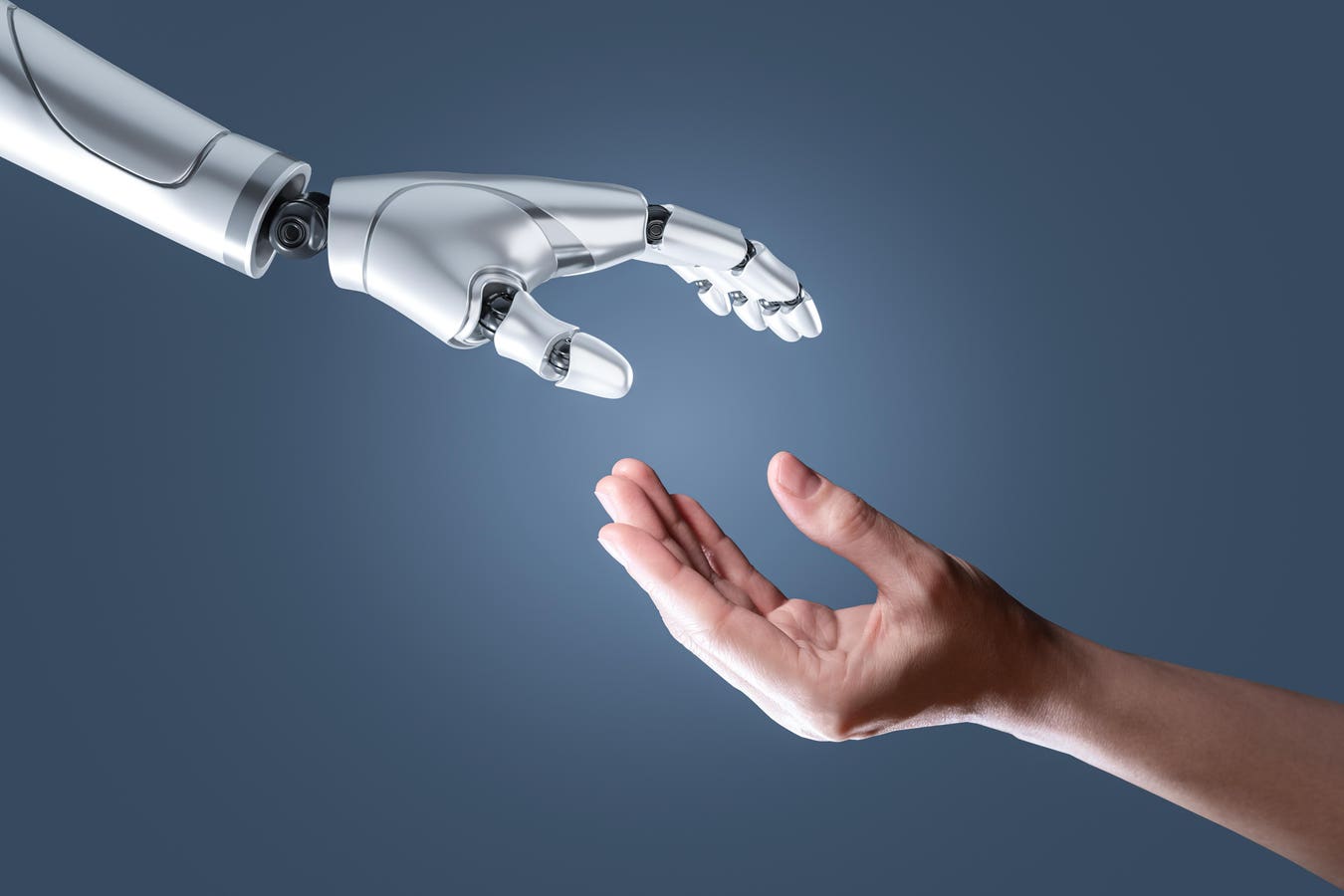Digital Twin technology has gained an incredible amount of traction in the last few years. Though quite challenging to execute in a meaningful way, the concept is relatively simple: a digital twin is quite literally a digital version, model, or representation that is meant to replicate the constitution, nuances and behavior of a real-world physical counterpart. The idea seems quite futuristic; however, digital twins have been utilized across numerous industries for decades. For example, one of the most famous use-cases of this concept was by NASA in the 1960s, when the organization created and used multiple simulators to model the events that caused Apollo 13’s oxygen tank explosion, so that the team could learn from it to prevent future mishaps.
Since then, digital twin technology has become prolific across industries, and its impact in healthcare is just getting started. A recent report by the National Academy of Sciences discusses the value of digital twin technology and how it can radically transform healthcare by enabling access to more granular and deeper insights on patient care. Dr. Karen Wilcox, Ph.D., Director of the Oden Institute for Computational Engineering and Sciences at the University of Texas at Austin and chair of the committee that wrote the report, thoughtfully explains the immense promise that digital twin technology has in bridging key gaps in science, technology, medicine and more. The report explains that to do so, however, government agencies, foundations and healthcare leaders have to prioritize and invest in the research and development for the technology.
The use cases for the technology can be tremendously impactful. For example, a digital twin recreation of a tumor can be used to test new clinical decisions, treatment modalities and different therapeutic interventions. Dr. Caroline Chung, M.D., an established radiation oncologist, Chief Data Officer at M.D. Anderson Cancer Center and a co-author of the report, enthusiastically explains that digital twin technology has a lot of potential. For one, “digital twins of individual cells, organs or systems have the potential to inform decisions and to reduce the time and cost of discovering and developing new drugs and therapeutics.” Furthermore, taking a wider-scope for the technology, she explains how “digital twins of organizations and operational processes can help inform decisions to improve the effectiveness and efficiency of cancer centers to allow more patients to access care and/or reduce costs.”
However, Dr. Chung also explains that there is still a lot of work left to be done in this arena, and more attention and collaboration is required across domains. For example, she explains that a standardized definition of a digital twin needs to be established—one which “encompass both the virtual representation and physical counterpart” and delves into the nuances of the human-digital twin bidirectional interaction.
Notably, the private sector has recognized the immense potential value of this technology and has invested billions of dollars to develop it. In fact, the global digital twin market is expected to grow to $110 billion by 2028 at a CAGR of nearly 61%, showing immense interest in this sector.
Especially with the democratization and influx of artificial intelligence, companies like NVIDIA and Microsoft are rapidly ramping up efforts to cultivate this technology. This effort to scale the technology is especially gaining steam in the realm of healthcare delivery.
Take for example Twin Health, which recently secured $50 million in funding, and has created the “Whole Body Digital Twin” service. Twin Health’s mission is straightforward: use digital twin technology to help patients mitigate and reverse chronic metabolic disease.
Specifically, the company partners with employers and health plans to offer members the ability to create a digital twin. Using company provided hardware (i.e., sensors), routine blood tests and self-inputted data into a mobile application, a digital twin of the patient is established. Leveraging artificial intelligence and proprietary foundation models in conjunction with this digital twin, the application then provides insights regarding the patient’s nutrition, physical activity, sleep metrics, etc. These insights can be reviewed by the patient and the physician for a deeper and more granular approach to improving healthcare outcomes.
Jahangir Mohammed, Founder and CEO of Twin Health, explains that while digital twin technology has been used across other industries for many years, his inspiration was to create a viable version for the most complex and intricate machine in the world: the human body. He thoughtfully explains that the organization’s goal is to provide patients with a way to truly improve their health, including for the most prevalent metabolic conditions such as obesity, diabetes, hypertension, etc.
Broadly speaking, there is much more to come on this front for healthcare. In a Nature journal article published last year, the authors discuss how the combination of artificial intelligence, internet of things (IoT) and closed-loop optimization (CLO) “enables digital twins to offer predictive abilities beyond the traditional ‘predictor’ technologies that currently exist, e.g. ICU IoT-enabled comprehensive physiological monitoring.” The massive amount of investment currently taking place, especially in AI and IoT, indicates that the work with digital twins is just getting started.
Undoubtedly, the world will have to move cautiously with regards to this technology. For one, strict data, privacy and safety standards will have to be implemented. Furthermore, it will be critical to maintain high standards of validation and a “human in the loop” throughout any iterations of this technology for patient care; that is, while digital twins may provide insights, strict validation measures, data checks and human insight and judgement must be kept at the forefront of any decisions made. However, if done correctly and scaled appropriately and safely, this technology has tremendous potential to transform healthcare.
Read the full article here





